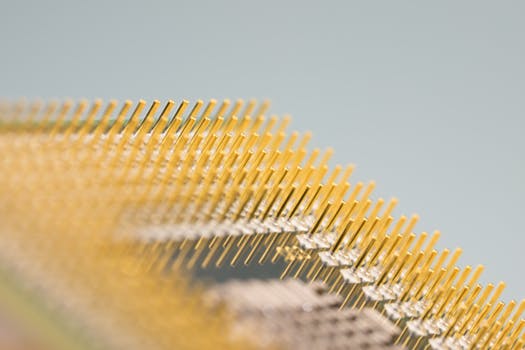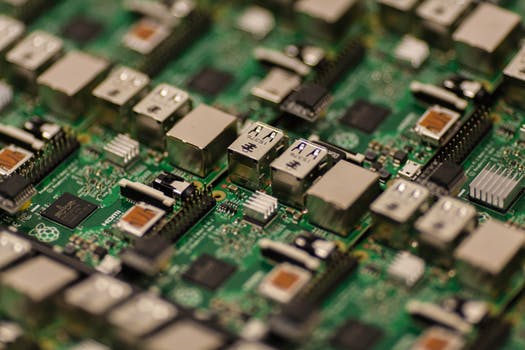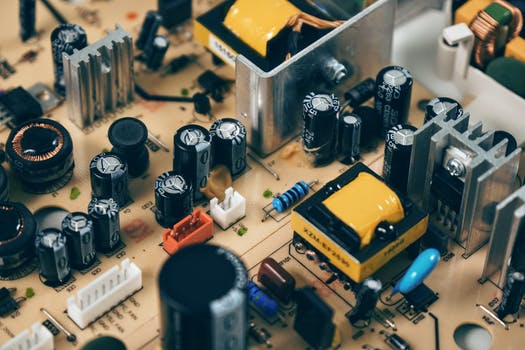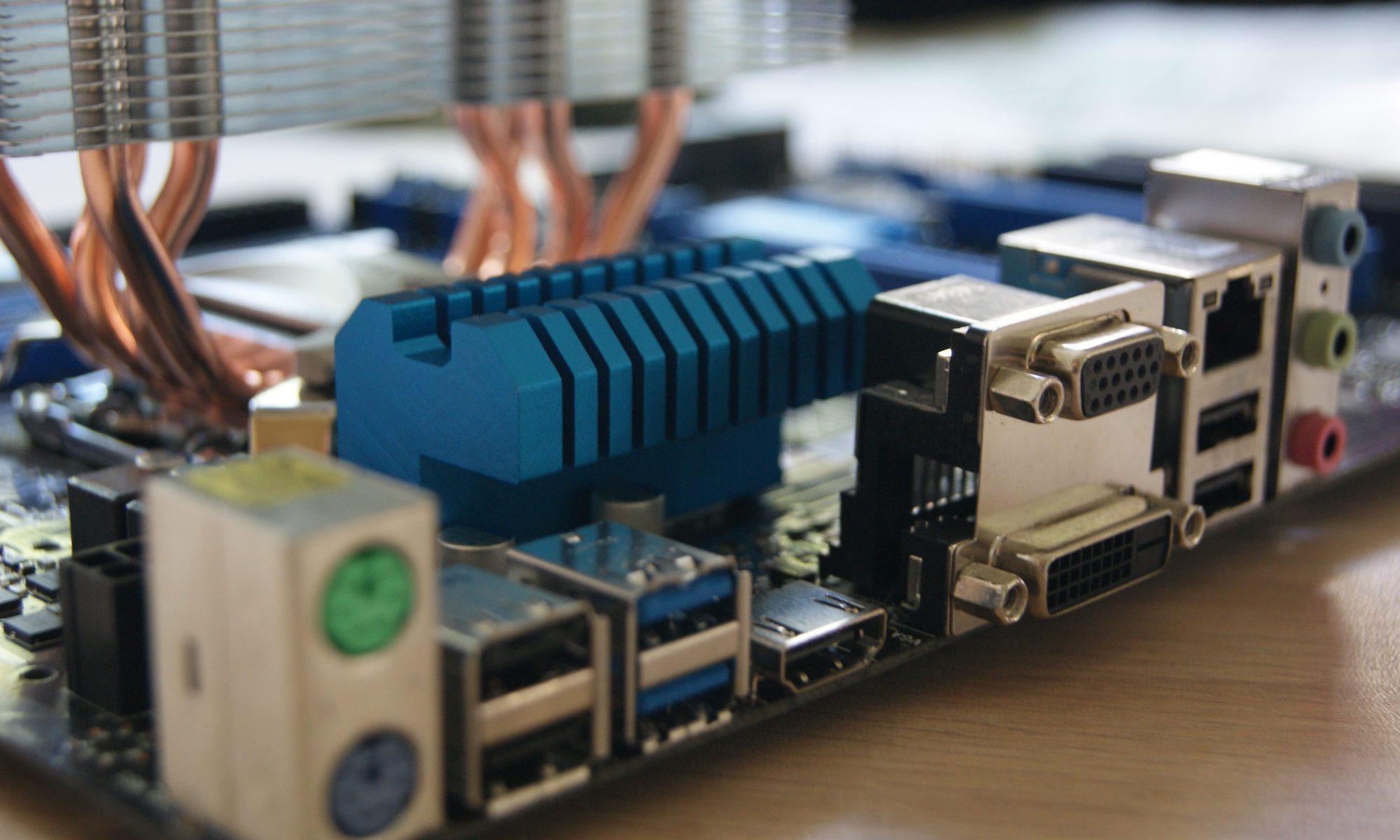
In the intricate web of electrical systems, ensuring precision and stability is undoubtedly critical. From monitoring frequencies to tracking signal strengths and recording vital data, specialized instruments play a crucial role. Among these instruments are Frequency Meters, Field-Strength Meters, and Recorders. Each serves a unique purpose, contributing to the smooth operation and maintenance of various electrical systems.
Continue reading “Guide to Special-Purpose Meters”










